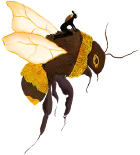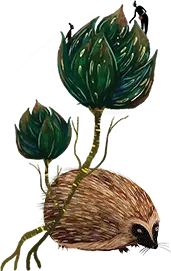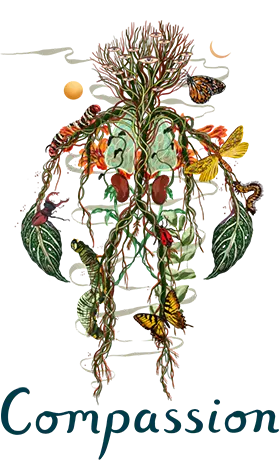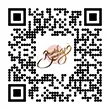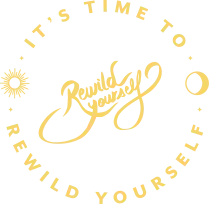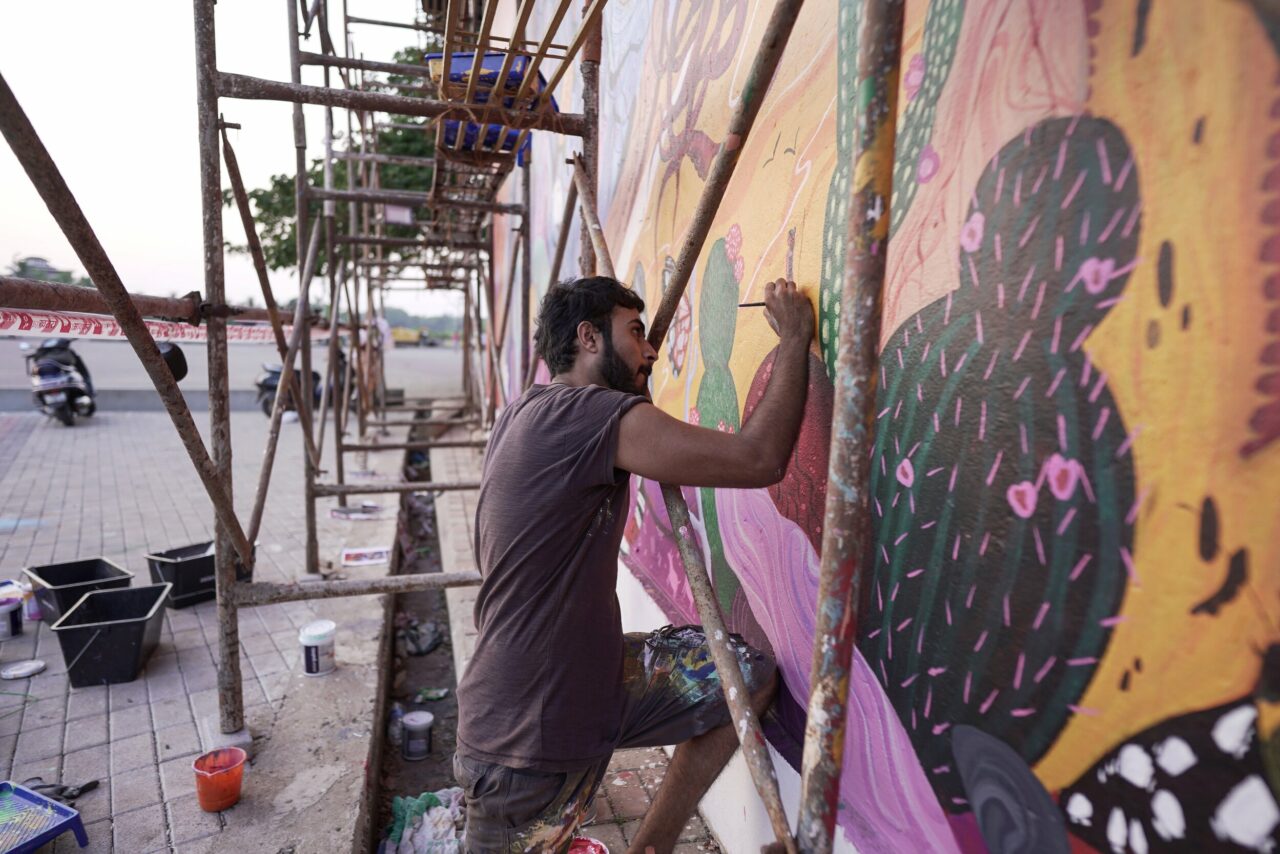
What Has Art Got To Do With This?
Art & Political, Social, and Environmental Change
Each month we write a couple of articles inspired by one of our ReWild Yourself Champions. This month, following our interview with Artist and Visual Storyteller, Svabhu Kohli (check it out here), we were fascinated by the impact and meaning that art can have on people.
“I truly believe artists in my generation should be getting more involved with places that allow them to exercise their creativity in spaces where you are engaging with architects, scientists, policy makers, law. How can we collectively envision a future together that looks how we imagine our future, our forests…?”
– Svabhu
Art allows a person to do many things, show a glimpse into their inner world, what they might find interesting, curious, heartbreaking or inspiring. The transformation of a single thing, place, idea, overtime. Svabhu explained how their art can serve to do just this; tell many different stories and help communicate in a universal language that takes various shapes.

Art, Humans and Storytelling
Art has been present in human history since our ancestors carved and painted drawings on caves ages ago. From the beginning, it was our way to tell stories, our history, and leave a mark on topics that were important to past civilizations. To this day, art provides us with a unique perspective on a subject in which context, culture, beliefs, and values all come to play a role. They are all a piece of the visual story told by the artist, consciously or not.
“ I have been deeply inspired by the visual culture of what India has to offer because it is so rich in culture, so rich in colour, and such magical folklore that finds form in so many mediums… that it definitely has been a forever inspiration.” – Svabhu
The Guernica Remaking project is also a good example of this. It first started by making a protest banner through a collaborative approach with a local Brighton community. It allowed the public to sew their personal touch and make a collective statement. It became a protest banner that connected the past to today’s socio-political issues.
Later, Dr Nicola Ashmore started a research project to analyse what different remakes of the Guernica across the globe meant, what patterns could be uncovered and the dialogue that can exist between art and activism. She brought together remakes from: the USA, Canada, France, Mauritius, Portugal, Spain, South Africa, the UK and India. By gathering interpretations from around the world of Picasso’s Guernica, she reveals an on-going dialogue and important understanding of how different cultures and groups of people portray and transform the message of a single piece of art about the 1937 bombing of civilians in northern Spain. The remakings of the Guernica in modern times have become a tool to artistically oppose governments and political decisions today.
This is just one of many instances in which art has served as a gateway to tell the story of a person, group, culture, point in history… It allows us to connect with people that might not share our language and history, but can just as well understand and feel the same message. It’s a vital resource for making important information and revolutionary ideas as accessible, digestible and engaging as possible.

Art, Nature and Transformation
Many call Nature an artist and they are not wrong. As ever evolving and ever changing as it is, our experiences in Nature can mirror quite closely those provoked by art. Art has a direct channel to our emotions. Rather than explaining something, it shows it. Rather than inviting you in, it encapsulates you. It’s inherently transformative, as is Nature, if we take our time to truly look and connect with it. If we give ourselves a chance to experience it.
Beyond this transformative aspect of Art, it can also depict a message in a way words may fail or fall short to deliver. As Kat Owens, researcher and artist, mentions “We remember images differently than we do facts or figures.” It can help make a longer-lasting impression on the audience.
How many of us remember the viral, award-winning image of the polar bear on a melting glacier? How many remember the exact statistics and facts on global warming that led to that image? Still, whenever someone mentions global warming, the hungry polar bear clinging to a melting piece of ice is what most likely pops into our heads. The polar bear visuals have continuously sparked a wave of concerned, compassionate responses, and driven more awareness than straight up facts and data could have managed. Headlines like The New York Times “Video of Starving Polar Bear ‘Rips your heart out’” refer directly to the emotional channel aforementioned.
“What would political movements in the 20th and 21st centuries be without posters promoting politicians, issues, or resistance movements?” – Kat Owens
By diving directly into our emotional state, art pushes beyond the vast amounts of facts and information we consume every moment of our lives, and replaces the numbness that information overload brings with an emotion. Good or bad. It silences all the thinking for a moment, and pulls you towards taking action or at least, sharing it with someone else and spreading its reach. Either way, you are pulled to take some agency, and do something. Transformation, in this digital age, can come from as small a step as sharing a picture or video asking you to sign a petition; just like a forest starts with a tree.

Examples from across the globe…
The push for political, social, environmental changes through creativity has taken and continues to take many forms. Below are some examples of artists advocating in unique ways for a variety of issues. Dare to join them?
Svabhu Kohli
A beautiful illustration depicting two main ‘characters’, people from Bori Budruk, leading a battle to protect the eco-heritage in the area and the river bed of the Kudaki river. Read more about the story of this geographical marvel and community pride natural element here.
Blue Carbon in Mangrove Ecosystems
This extremely relevant account of Goa’s mangrove ecosystems is told through Svabhu’s magical and encapsulating artwork, helping the audience understand and journey through the enormous ecosystem at stake. What it does, who it involves and why it matters, all explained through beautiful illustrations. Check it out here.
Hunt in the Forest
These art pieces invite a deep reflection on our past and current relationship with forests. “The last standing native landscapes we think are natural and untouched today have been managed and guarded for centuries by tribes and indigenous cultures that weaved their way of life in tune with nature.” It held a careful symbiotic nature to their relationship, however, today the socio-economic landscape has changed rapidly, indigenous methods are regressing. How will this play out? Check out Svabhu’s artwork here.
Others
Travel Sketchbook and Climate Change
PhD researcher and artist, Kat Owens, focuses on highlighting plastic pollution research through art. One of her projects, a watercolor travel journal, served as a form of record keeping on the remote corners of our planet that plastic has managed to reach. Beyond beautifully portraying bittersweet moments of encountering plastic pieces in some of the least inhabited, unique landscapes in the world, it also pushes “the boundaries of art as a tool for scientific collection.”
Back in 2018, Danish-Icelandic artist Olafur Eliasson extracted 30 blocks of ice from glaciers around Greenland and publicly exhibited them across London as a visual, imminent reminder of Climate Change’s impact on the environment. In an interview with Dezeen, he said the issue Greenland’s icebergs face “It is so abstract, it’s so far away Greenland, it’s literally out of our body and it’s in our brain and I wanted simply to change that narrative of the climate from our brain and emotionalise it into our bodies,”.


Join Our Community...
Sign up for stories, tips and inspiration from around the globe.
